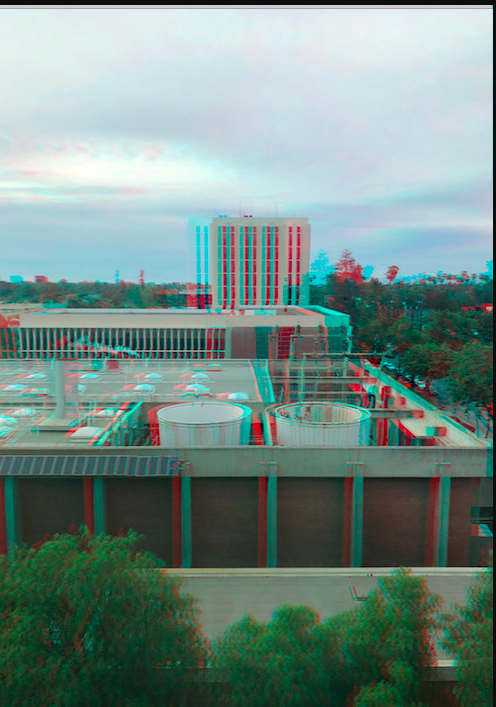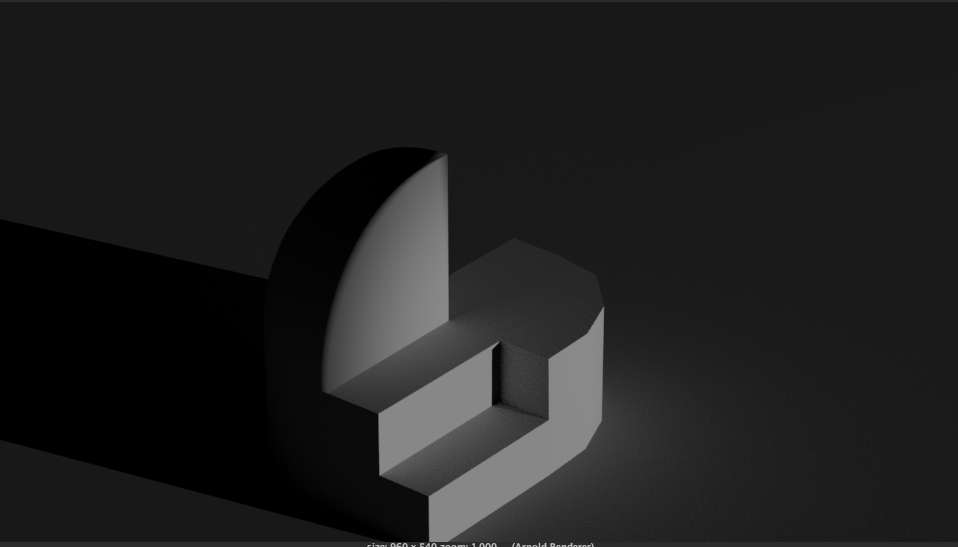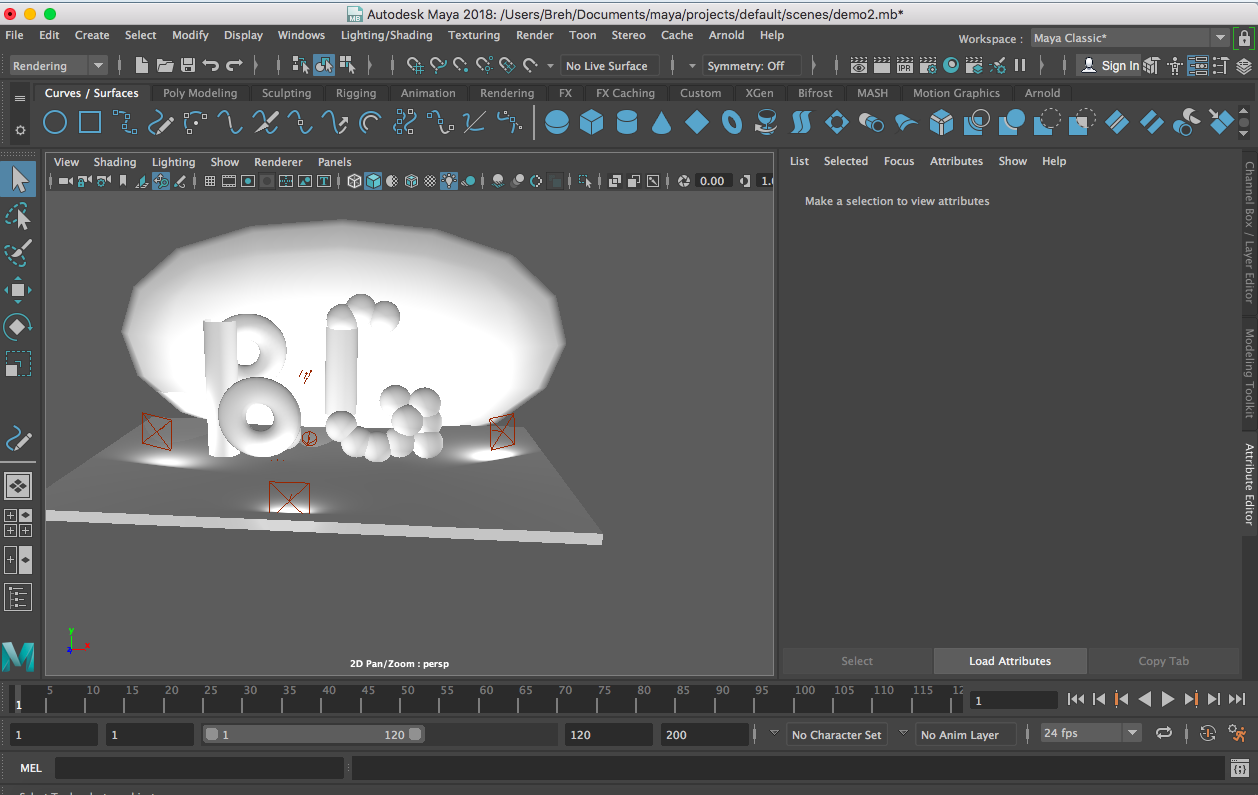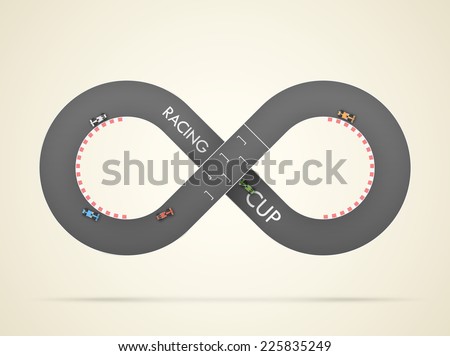



















Original #3

Maya Built Scene

Different Angle
Note: the rendering was not working for, it would show a black screen no matter what I tried. Took screenshots off editor instead.


One Point Lighting
3 point lighting:


Technology has always vastly captured humanity’s curiosity and needs. As technology improves and evolves, however, people are just as ready to point out the next improvements. Tex Avery came out with an animated series in the 1950s satirizing technological products and how they could be improved, these animations were influenced by science(the products would not be available without it).
Tv of tomorrowhttps://www.youtube.com/watch?v=oE3lT2zFepE
The cartoon above is from 1953, and it foreshadows the “TV of Tomorrow.” It portrays a heavenly image of a television set that actually shows color, doesn’t cut out, and has a few simple buttons. Although the cartoon wasn’t necessarily the sole influence of the advancements that would soon follow the tv, it certainly foreshadows the advancements that scientists were fiercely pursuing at the time. For example, color television was achieved in the 60s and made mainstream in the mid-70s. This clip is from a series by Tex Avery, along with other Age of [tech product] clips, which foreshadow the small but highly needed improvements that were needed for the products of that time, along with a few obviously unrealistic changes that are more for comedic effect.
We can see that the trend of the human necessity to foresee further improvements in tech products holds true to the present day. One example of this is thickness. The thickness and the overall look of the television set have always been a focal point of improvement. We can see from a television listed on Best Buy ( https://www.bestbuy.com/site/samsung-75-class-led-q900-series-4320p-smart-8k-uhd-tv-with-hdr/6323713.p?skuId=6323713) that a thickness of sub- 1.5 inches has been achieved, and we can also rightfully assume that a thickness of under an inch could be reached in the near future. Similarly, we can also look at pixel resolution as another example of this trend. With high definition tv coming out in the 1980s, 1080 p coming out in 1996, OLED coming out in 2013, and finally 4k in 2016. One could also foreshadow 8k, 16k, or something along that to come out in the near future as well.
House of tomorrow: https://www.dailymotion.com/video/x4hp0lj
The cartoon animation from 1951 is more obvious in its satirical nature, but also shows some clear needed improvements that automobiles needed. For example, the video has a “dry” “moist” temperature settings, which would bring in a cloud from the vents to pour a small shower. Although it is obviously comedic, the part suggests that ac/heating was not optimal in the 1950s, a site on the history of air conditioning describes ac during 1957 as,” The first rotary compressor was developed hence making air conditioning units smaller and more efficient compared to the reciprocating type”- 8 years after Tex Avery’s animation . Humanity will continue to see “needed” improvements to the technology in their home. Some more recent innovations could include automated lighting and improved security throughout the house with the help of cameras. However, equally, humanity will continue to strive and try to make the home even more secure(as technology improves).
The nature of the animation is shown in the self-parking garage, the video shows an image of a garage that could raise itself and enclose the car. This isn’t realistically possible or necessary, but technology has improved to the point where cars are able to drive and park themselves.
This brings us to the last clip of the Tex Avery series, “the Car of Tomorrow”.The video above is probably the most satirical in nature, of the Tex Avery series. The video had comedically wide cars to hold as many as 20 people side to side, along with turn signals that respond to your physical hand movements. However, also had automobiles driving through high rain and moving up; cars are able to traverse through much more difficult terrain than the cars of the 50s. Along with this, we are no closer and closer to mass market self-driving cars, Tesla’s latest models have an efficient autopilot mode and Google has been working on their self – driving car for the past decade. It would not be wrong to assume that a market-friendly self-flying car will eventually come out.
While some inventions are needed, it does not need to be created. Humans will continue to see improvements in technology, (and with the use of the visual arts, they will continue to animate what these improvements would look like.) It’s up to the scientists, creators to decide whether the improvement is actually beneficial and essential for the furthering of humanity and human progress. With that being said, the majority of these improvements are to improve the comfortability of humans.
Technology has always vastly captured humanities curiosity and needs. As human curiosity entails, however, society has also always been ready to point out the kinks and inconveniences of revolutionary products. Tex Avery came out with a series satirizing technological products and how they could be improved, these visual animations were an influenced by science, and were somewhat of an influencer for the improvements that would follow these products.
The cartoon above is from 1953, and it foreshadows the “TV of Tomorrow.” It portrays a heavenly image of a television set that actually shows color, doesn’t cut out, and has a few simple buttons. Although the cartoon wasn’t necessarily the sole influence of the advancements that would soon follow the tv, it certainly foreshadows the advancements that scientists were fiercely pursuing at the time. This clip is from a series by Tex Avery, along with other Age of [tech product] clips, which foreshadow the small but highly needed improvements that were needed for the products of that time.
last half of the paragraph show exact tech improvements with dates, compare to video and problems they had]
Body 2: Car of tomorrow
https://www.dailymotion.com/video/x4i75qe
The cartoon animation from 1951 is more obvious in its satirical nature, but also shows some clear needed improvements that automobiles needed. Such as the self-parking garage, the video shows an image of a garage that could raise itself and enclose the car. This isn’t realistically possible or necessary, but technology has improved to the point where cars are able to drive and park themselves.
[last half of paragraph show exact tech improvements with dates, compare to video and problems they had]
Body 3: House of tomorrow
https://www.dailymotion.com/video/x4hp0lj
The video above is probably the most satirical in nature, of the tex avery series. The one realistic invention was a juicer, everything else was more related to human laziness and this leads me to another point.
[Transition to the conclusion] While some inventions are needed, it does not need to be created. Humans will continue to see improvements in technology, (and with the use of the visual arts, they will continue to animate what these improvements would look like.) It’s up to the scientists, creators to decide whether the improvement is actually beneficial and essential for the furthering of humanity and human progress.
For my animation I had a “pacman” character, using sunglasses as the pac man. Since I did not have a tripod, I used 2 chairs and a board on top the chairs, placing the phone over to create an “overhead” point of view. The pacman character is ultimately targeting a creature(a picture of it is shown below), but eats the white dots in the path, similar to actual pac man. The biggest difficulty I had with this honestly was setting up the “tripod” to get an overhead view.
Link to video: https://drive.google.com/file/d/0B4H1qHRpsK-vcmVacVRCX3M3bGZ4VGppdW5hTnUydjBqS1Vv/view?usp=sharing

For the character animation, I plan to use sunglasses and stage them as “pacman”. I will have the sides of the glasses opening and closing as if it was the “mouth”. The animation will go in a 8 figure, and will be filmed from overhead point of view, on top of a table. The goal is to have the glasses reach open mouthed at the end of the 8 figure, since the animation will start open mouthed, creating a more complete cycle.


The team:

Link to doc version(better formatting):
https://docs.google.com/document/d/1plIe2BNutzM2SnBFEulhUY7qyFethNWShEckjPHGo1E/edit?usp=sharing
The Fourth Down at Half Time is described as,”.. a rule that says for falling motion the breakdown drawing is a fourth of the distance from the apex”; essentially an object will a go a fourth of the way down to the “floor” at half the time it takes the object to fall to the “floor”. Combined with the odd rule(a rule that says ‘that the spacing between keys increases in the ratios 1:3:5:7, as seen the image below), this subtle physics animation law gives the ability to animate falling objects more accurately and efficiently. Disregarding the rule or including choppy animation of a falling object can ruin the realism to an animation, however more times than not animators purposefully violate the rule for comedic effect.
*Image to help visualize rule better
We can look at a video of a boy throwing a soccer ball as a reference video of what a “correct” falling motion looks like.
In the first violation of this rule, we can examine a video of wile e coyote falling off a cliff, https://www.youtube.com/watch?v=Gq_bjaI0NTo,. The video has wile e coyote gasping for air while he barely manages to get on top of a cliff only to be pushed off by roadrunner seconds later. The next few scenes follow with wile e coyote hovering in the air as he is looking towards the camera with startled eyes until eventually plummeting down to earth. The animation is in clear violation of the fourth down at half time rule, along with other laws physics and gravity as well. However the animation is done purposefully, the audience is expecting wile e coyote to fall and the hesitation in falling only creates more “suspense” to the animation. It is done for comedic effect, which we can see in his eyes as he’s falling and in the small cloud the audience is barely able to see as he hits the ground.
*The climb up to the hill is pictured as difficult and arduous
creating anticipation in the scene
*Seconds of wile e coyote hovering in air builds more on the animation,
purposeful violation of the Fourth Down at Half Time rule
In the second violation of this rule, we can look at a video of Peter Griffin falling down a flight of stairs, https://www.youtube.com/watch?v=_wCLRBNB8ZU. Although the violation may be subtle it does create a dynamic change to the animation as a whole. The time it takes Peter to fall down each step is much faster than if the animators were trying to replicate a “realistic image”. At the time at which Peter should be a fourth down falling on to the next step, he has fallen down a few steps already, it is obvious that Peter is falling down faster than a normal person would. The style of animating was done purposefully for a comedic effect, even though it is in violation of physics laws. This is obvious between seconds 0:28 and 0:30 in the video when Peter is rapidly bouncing off both walls almost like a ball in a pinball machine. The animators want to portray that Peter is getting really hurt, and violating the Fourth Down at Half Time rule and increasing the speed in which he falls allows the animators to do this.
The final violation of the rule comes from a cartoon video a titled “What If You Dive Into A Tornado?” https://www.youtube.com/watch?v=hLJmmnA5a4I. The video has a cartoon tornado and it sucks a boy a through a tornado(and proceeds to give information about what would happen if you were to somehow dive into a tornado). The violation occurs at the end when the tornado vanishes and the boy is left stranded in the air, as other items stuck in the tornado begin falling down he is able to “hover” in the air for a few seconds until finally falling down as the last “thing” down to earth. The animation is done more to create suspense and entertainment to the audience, rather than portray correct physics rules, mainly Fourth Down at Half Time and Odd Rule.
In conclusion, I believe that most animations that violate the “Fourth Down at Half Time Rule” are done for comedic effect/entertainment. I was unable to find a “bad animation” with incorrect timing and spacing(violating odd rule), but it still important to know that falling for these errors will destroy the animation. It’s still possible to violate the rule and not be for comedic effect or entertainment. Understanding the rule and being able to apply it not only allows someone to create a more realistic falling animation but also makes the person more complete as an animator. More importantly, however, is understanding these rules well enough to decide when breaking them provides entertainment value or comedic effect.